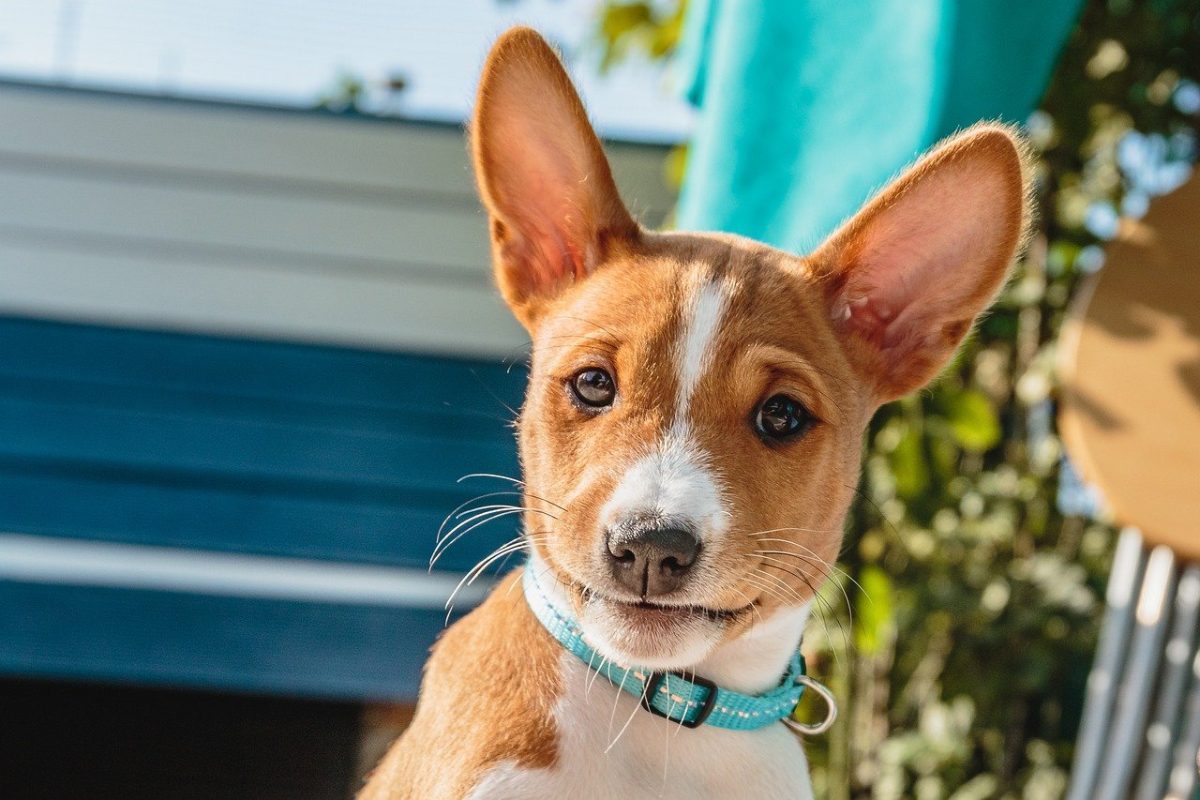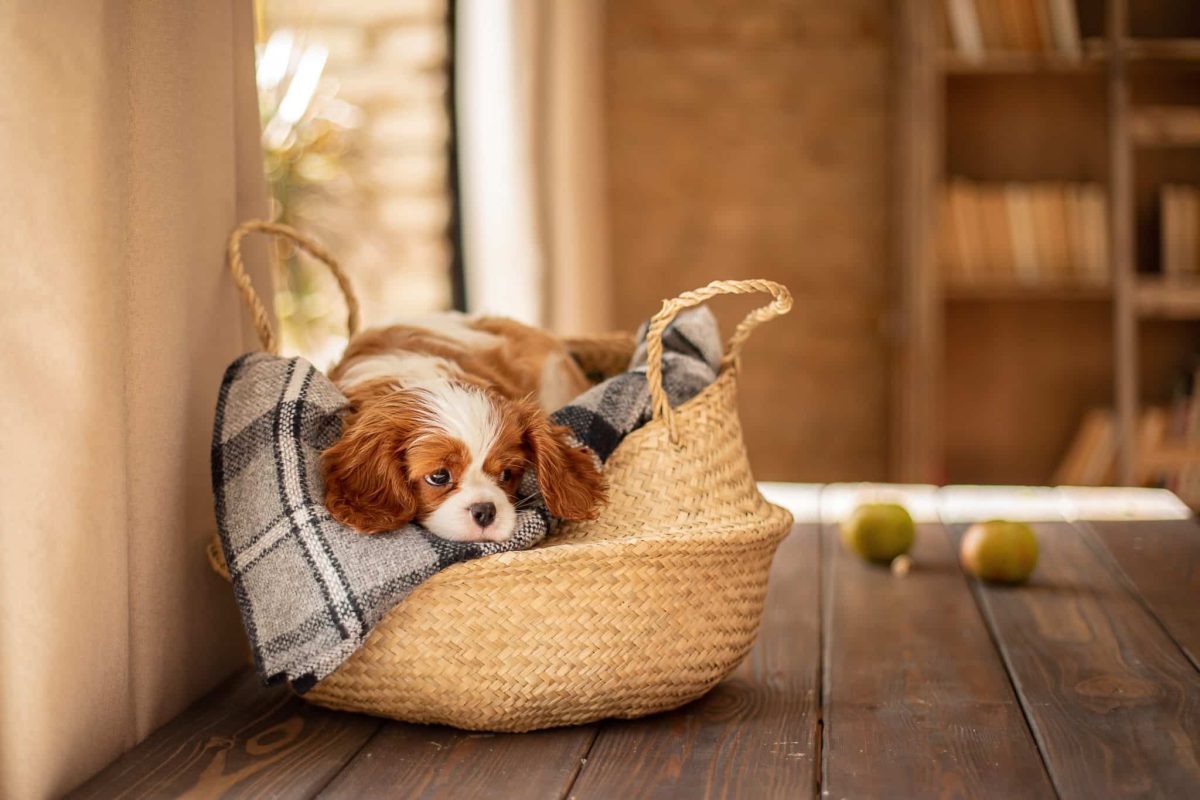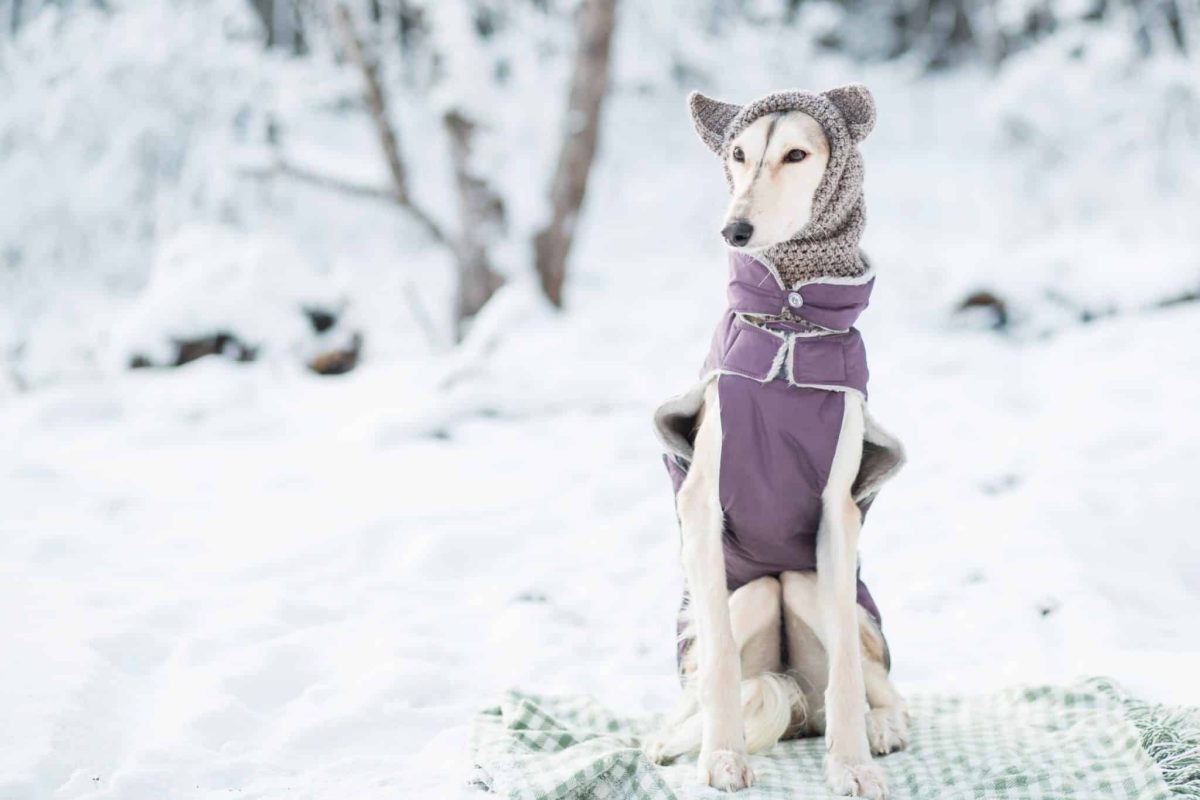 Shutterstock
Shutterstock
Before refrigerators cooled leftovers and highways buzzed with freezer trucks, ice came in blocks—and dogs delivered it. In the world’s coldest corners, powerful pups hauled sleds through snowstorms, navigating harsh terrain with grit and loyalty. These weren’t just pets but essential workers, braving icy trails to keep communities stocked and food preserved. Though most now enjoy a warm bed and belly rubs, their frosty feats still echo through history. These breeds were the true cold-weather champions, leading the charge, one icy pawprint at a time.
Alaskan Malamute
 Shutterstock
Shutterstock
Alaskan Malamutes were built for cold, hard work—literally. With immense strength and a thick double coat, they were ideal for hauling heavy loads like ice blocks across long distances. Their unmatched endurance allows them to pull sleds in brutal temperatures without losing steam. These dogs thrived in harsh northern climates, where ice wasn’t just frozen water but a vital resource. If you needed something heavy moved in the snow, the Malamute didn’t just volunteer—they insisted.
Siberian Husky
 Shutterstock
Shutterstock
Siberian Huskies may be more compact than Malamutes, but they make up for it with stamina and speed. These dogs were often used in relay-style delivery runs, zipping through icy routes while carrying incredibly efficient lighter ice loads. Their lean build and cooperative pack nature made them excellent for team sledding across longer distances. Plus, they were notorious for keeping the mood light, even when hauling blocks of frozen water. A working Husky would deliver ice all morning, then howl joyfully like they just discovered snow for the first time.
Greenland Dog
 Shutterstock
Shutterstock
Greenland Dogs were essential transport animals for Arctic communities and had no problem pulling sleds loaded with ice through punishing terrain. Descended from ancient Inuit dogs, they had the muscle and the mindset to handle extreme conditions without blinking—figuratively, of course. These dogs were prized for their power and pack instincts, often used in teams to traverse frozen coasts and inland paths alike. With a thick coat and a strong work ethic, they didn’t flinch at frostbite or falter in blizzards. If your delivery route included “absolutely nowhere with ten feet of snow,” the Greenland Dog was the employee of the month.
Finnish Spitz
 Shutterstock
Shutterstock
The Finnish Spitz, with its fox-like face and alert posture, may not look like a sled dog at first glance—but in Finland’s rural communities, this vocal and versatile breed pulled more than just attention. While primarily known as a hunting companion, the Finnish Spitz was often part of small-scale hauling tasks, especially in remote households where dogs helped with everything, including moving supplies and modest loads of ice. Agile and quick-footed, they were great on snow-packed trails, barking their way through deliveries like tiny, determined couriers. They might not pull an entire freezer’s worth, but they made up for it with enthusiasm and persistence. Plus, their built-in alarm system kept everyone aware when your icy delivery had officially arrived.
Samoyed
 Shutterstock
Shutterstock
Samoyeds may look like pristine, smiling snowballs, but don’t let their glamour fool you—they were serious working dogs in frigid environments. Originally bred by the Samoyedic people of Siberia to herd reindeer and pull sleds, these dogs were no strangers to hauling goods like ice across cold landscapes. Their famously thick coat kept them insulated, while their cheerful demeanor helped keep human spirits high during endless icy treks. They had the strength to contribute to transport and the charm to make ice delivery look like a snowy parade. Basically, they were adorable logistics professionals.
Norwegian Elkhound
 Shutterstock
Shutterstock
The Norwegian Elkhound wasn’t just a big-game hunter—it also pulled its weight (literally) in harsh Nordic environments. Known for their endurance and strength, these dogs were historically used to help transport materials across snowy villages, especially in winter months when ice was in demand and roads were packed with snow. They had a thick, weather-resistant coat and an independent nature that made them excellent at handling delivery routes without much fuss. And while they might bark about it, they’d still finish the job—then trot home like they owned the ice company.
Chinook
 Shutterstock
Shutterstock
Born and bred in New Hampshire, the Chinook is one of the few American dog breeds developed specifically for sledding and hauling. These dogs combined the power of freight-pullers with the trainability of companion breeds, making them perfect for organized delivery work—like ice routes in small towns. Chinooks were versatile: they could pull weighty sleds of ice in winter and charm the socks off your customers in spring. Their calm temperament and reliable strength made them unsung heroes of rural cold-climate logistics. If your dog could pull ice and politely wait while you chatted with Mrs. Johnson at the doorstep, you had a Chinook.
Karst Shepherd
 MidJourney
MidJourney
Originating in Slovenia’s mountainous Karst region, the Karst Shepherd may not be a classic sled dog, but it was well-suited for cold-weather work and tough conditions. Known for their strength and strong guarding instincts, they were occasionally used to assist in hauling sleds or carts—especially in isolated rural communities where dogs pitched in with every kind of labor. With dense coats and high endurance, they could help transport small loads over snowy trails, including harvested ice during frigid winters. Think of them as the Eastern European ice-hauling interns: not flashy, but quietly crushing it.
Hokkaido
 MidJourney
MidJourney
The Hokkaido is a Japanese spitz-type breed bred for endurance and cold resistance in snowy, mountainous regions. Used by the Ainu people for hunting and transport, these dogs were agile, powerful, and deeply loyal. Though not massive, Hokkaidos were often tasked with helping haul sleds across snowy terrain, making them valuable partners in moving supplies and ice during Japan’s harsh winters. Their sturdy bodies and wolf-like instincts made them ideal for navigating difficult routes where even larger animals struggled. If your snowy delivery route involved steep hills and icy footpaths, the Hokkaido was your sure-footed go-to.
That’s One Cool Pack of Pups
 MidJourney
MidJourney
Refrigeration may have taken over, but these dogs were hauling ice long before it was cool. From Arctic trails to mountain paths, they braved snow and slush, delivering with grit and wagging tails. No GPS, no heaters—just instincts and fluff. They were the original cold-chain heroes, moving ice with determination and dogged charm. So next time you grab ice from your freezer, give a nod to the pups who paved the way—frosty-faced, paw-tough, and always ready for one more chilly run.

 1 day ago
6
1 day ago
6


















 English (US) ·
English (US) ·